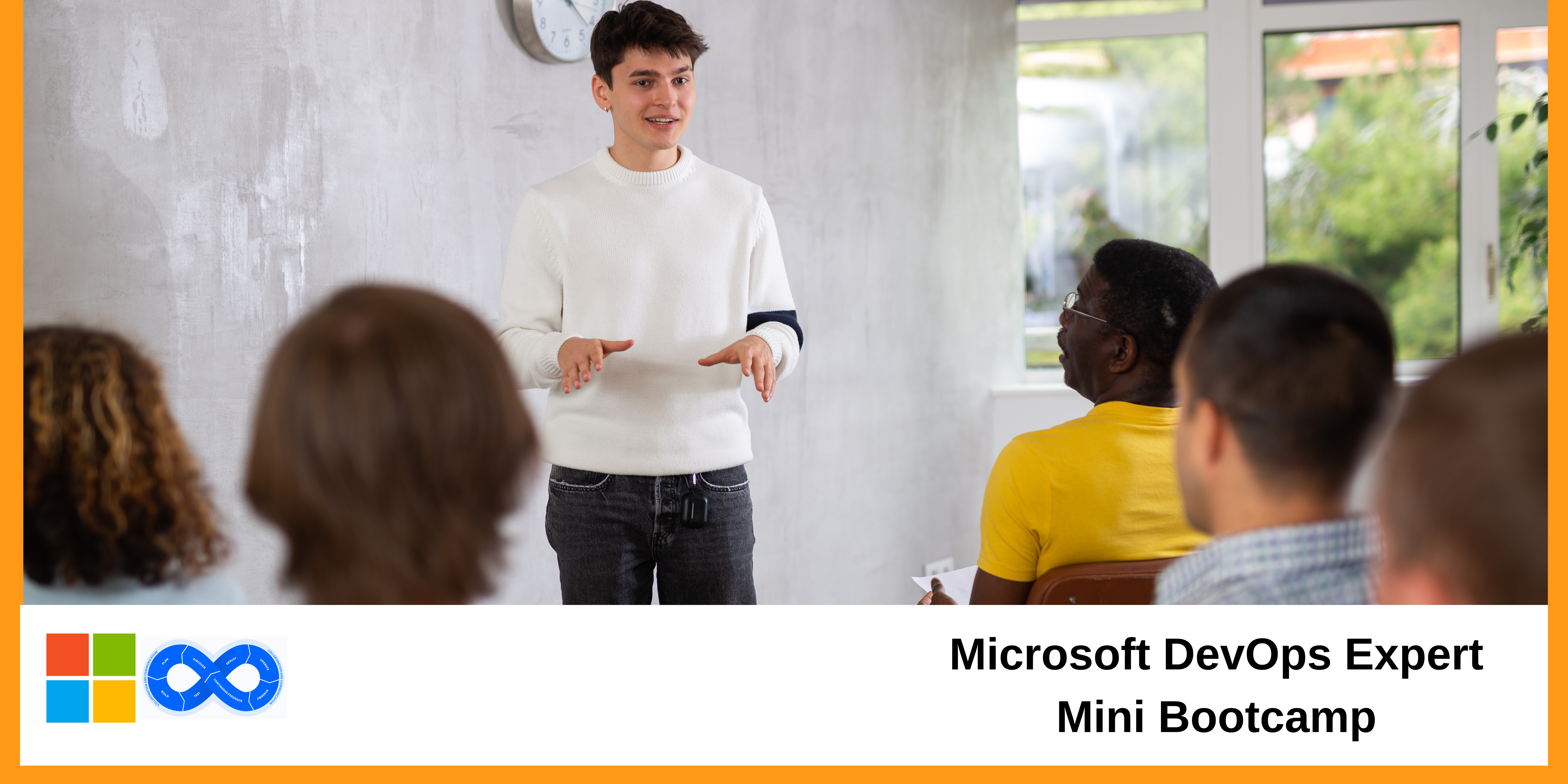- Overview
- Prerequisites
- Curriculum
Description:
PyTorch has rapidly become one of the most powerful and popular libraries for Machine Learning and Deep Learning. While TensorFlow remains a widely-used tool, PyTorch has emerged as the go-to framework for cutting-edge research, with nearly 60% of all published AI research papers providing code samples in PyTorch. Leading companies like Apple, Tesla, Microsoft, and countless others leverage PyTorch for their most advanced AI applications, ranging from autonomous driving to natural language processing (NLP) and computer vision.
This course is designed to provide a solid foundation in PyTorch, empowering you with the skills to build robust, production-grade AI solutions. Whether you're new to deep learning or looking to expand your expertise, this course will take you through the essential concepts and hands-on practices to unlock the potential of PyTorch. We will start by brushing up on machine learning concepts – the algorithms, performance metrics.
Duration: 3 Days
Course Code: BDT420
Learning Objectives:
After completing this course, participants will be able to:
- Understanding PyTorch Fundamentals
- Learn how to build an Artificial Neural Network with PyTorch
- Build a classification model with ANN and PyTorch
- Explore using PyTorch for medical images such as X-RAY/CT-scan
- Creating modular code with PyTorch
- Use Transfer Learning with PyTorch to build models
- Understand and build Recurrent Neural Networks with PyTorch
- Understand how to deploy and use models in applications
- Learn about revolutionary architecture: Transformers
Python Programming experience and libraries such as NumPy & Pandas, conceptual understanding of machine learning will be nice but not required.
Course Outline:
- Machine Learning brush up
- What is machine learning?
- Machine learning techniques
- Evaluating machine learning models (performance metrics)
- Lab: Multiple labs/exercises
- PyTorch Fundamentals
- What and Why PyTorch?
- PyTorch Tensors
- Dealing with Tensor Data Types
- Tensor Operations
- Working with Tensor shapes
- Pegging Tensors to device
- Lab: Working with PyTorch
- Artificial Neural Networks with PyTorch
- Creating a PyTorch workflow to build ANN
- Build a PyTorch model for Linear Regression
- Setting up Optimizer & Loss Function
- Saving and Loading model
- Lab: ANN Regression
- Build ANN: Classification with PyTorch
- Building an ANN for Classification
- Learn about loss functions, metrics, and optimizers
- Visualizing the model predictions
- Understanding a multi-class classification problem
- Lab: ANN with classification (binary & multi-class)
- Computer Vision with PyTorch
- Understand the basics of Convolutional Neural Networks (CNN)
- Using a data loader & mini batch
- Visualizing random samples of data
- Setting up Device-Agnostic Code – using GPU
- Saving and loading best performing model
- Lab: Classifying images with PyTorch
- Writing modular code with PyTorch
- What is modular code?
- Writing Python script for PyTorch data loaders
- Turn model code into Python Script
- Lab: Modularizing ANN code
- Transfer Learning with PyTorch
- What and Why Transfer Learning?
- Finding pretrained models
- Freezing base layers for image classification problem
- Using feature extractor model
- Exploring model metrics
- Lab: Image classification with Transfer Learning
- Recurrent Neural Networks with PyTorch
- Understanding recurrent neural networks (RNNs)
- What and why RNN batches?
- RNN layers: LSTM, GRU
- Build a RNN using PyTorch on Time Series data
- Lab: Build RNN for time series data
- PyTorch: Model Deployment
- Understanding model deployment
- Build a couple of models and deploy them
- Explore different ways of using the deployed models
- Lab: Saving and Loading models in applications
- PyTorch: Transformers
- What are transformers?
- Why have the revolutionized AI in the past few years
- Understanding transformer architecture
- Lab: Working with Transformers
Training material provided: Yes (Digital format)
Hands-on Lab: Use Google’s Colab to perform the hands-on labs, also will provide instructions to run on local machine
- Machine Learning brush up






